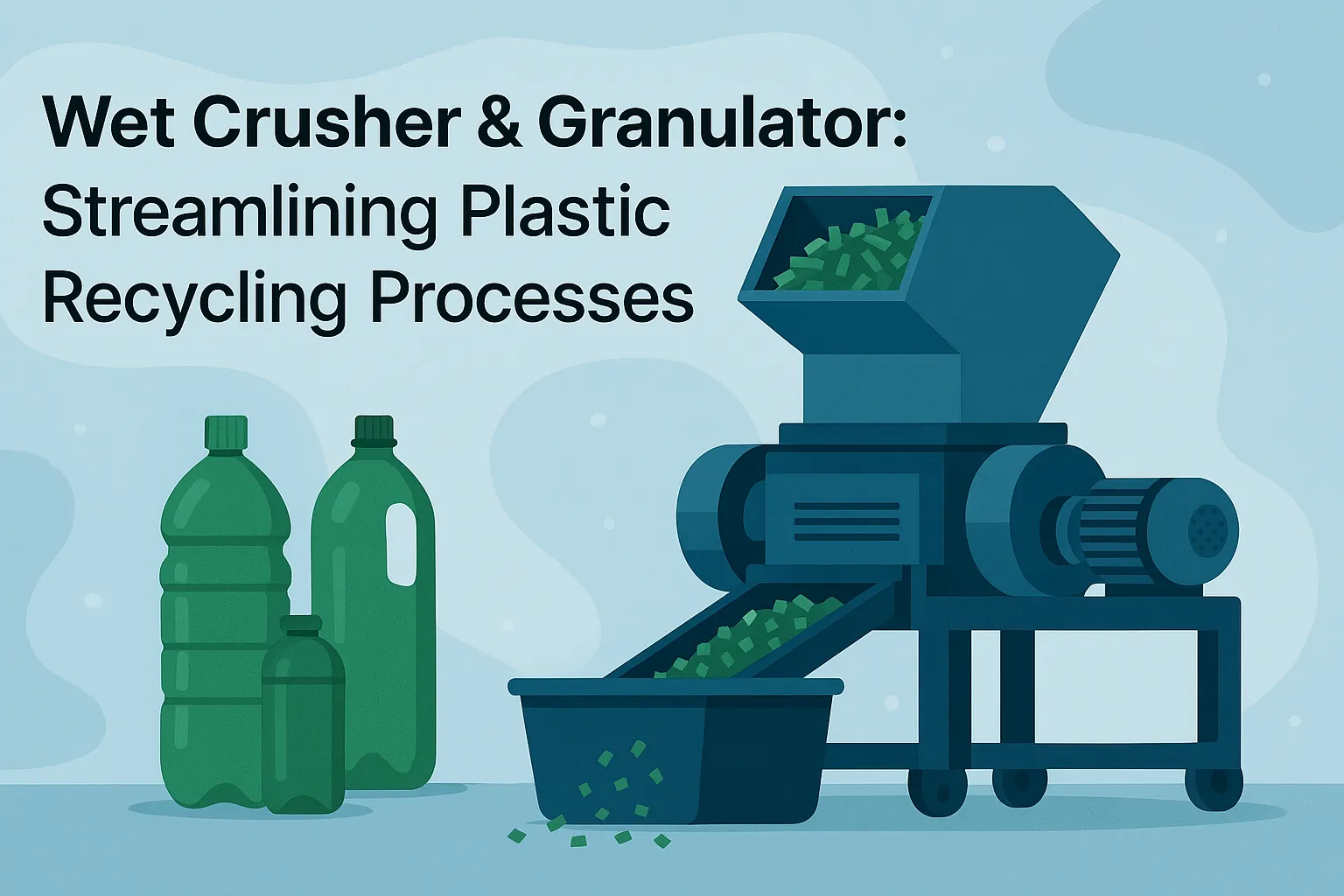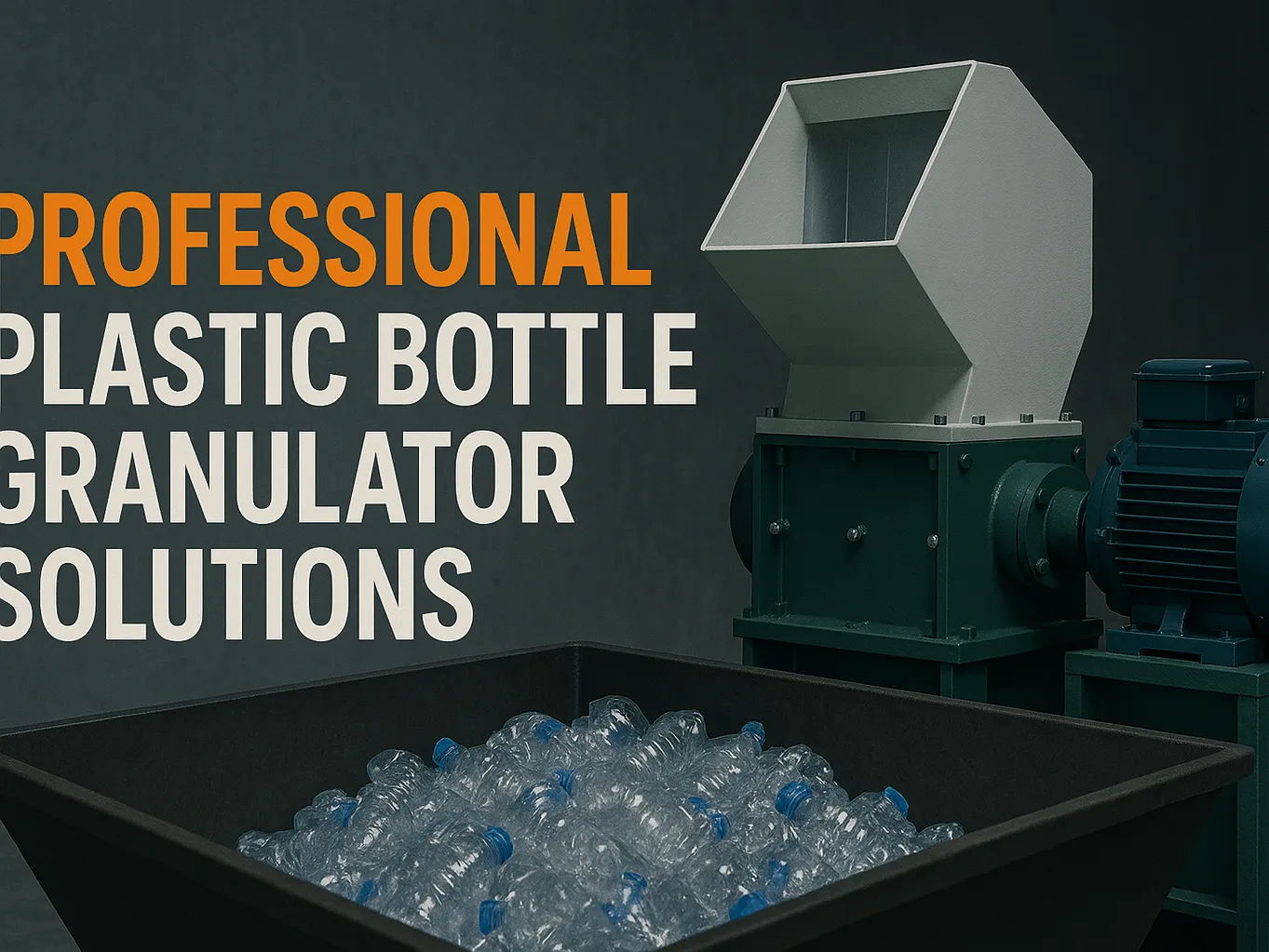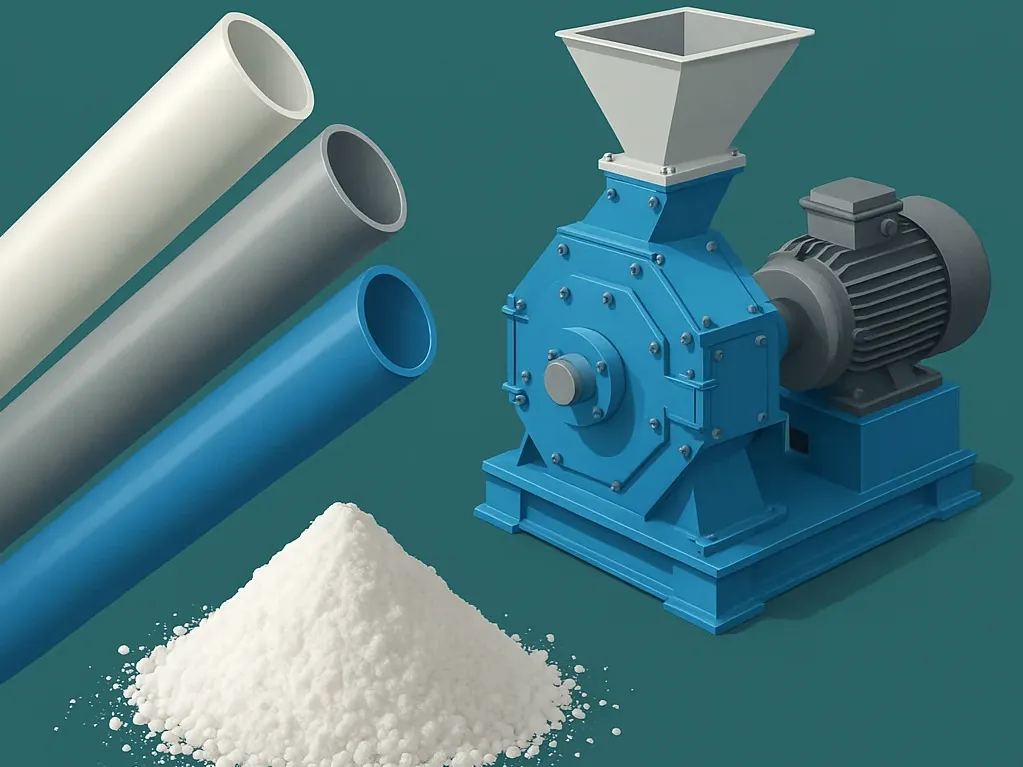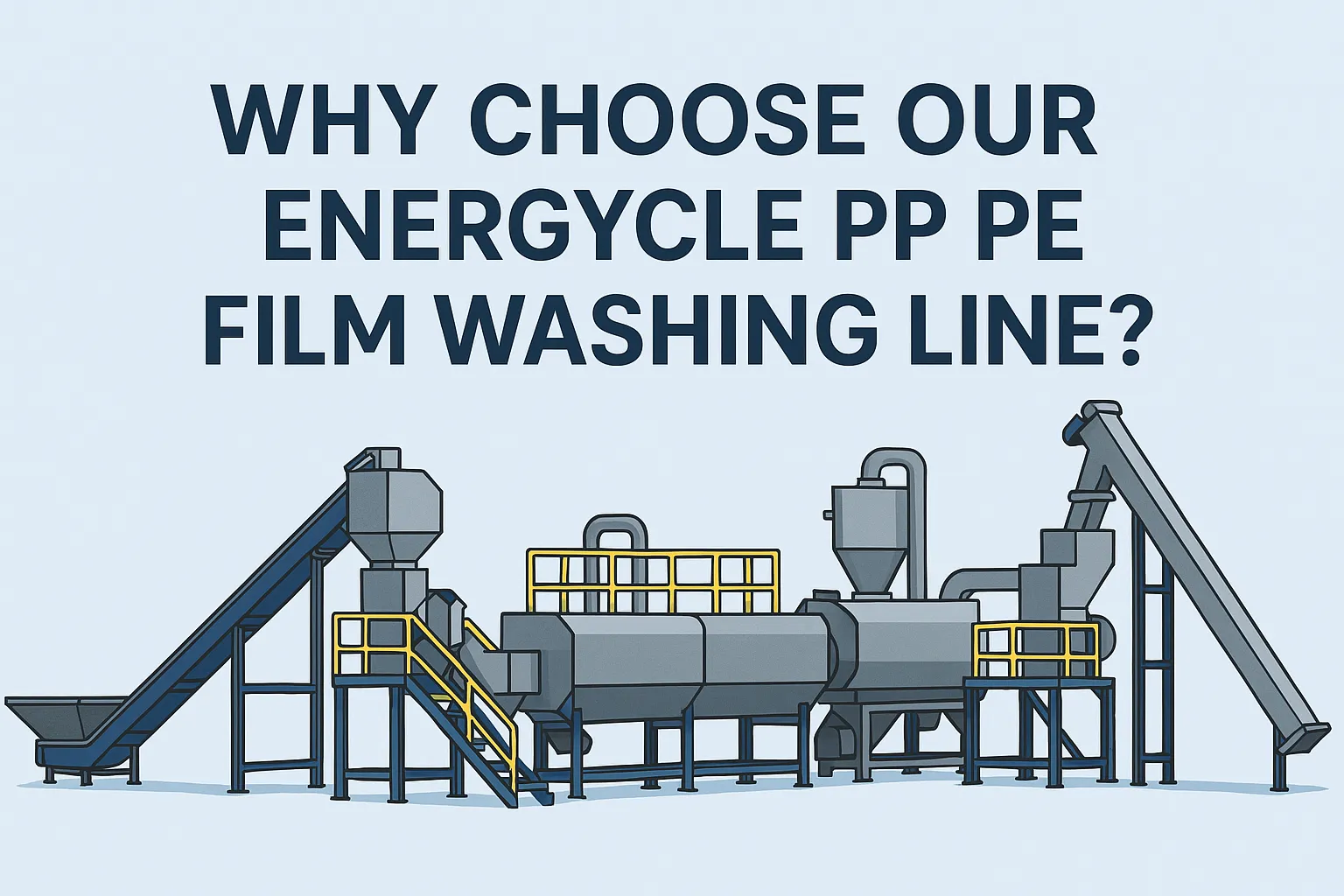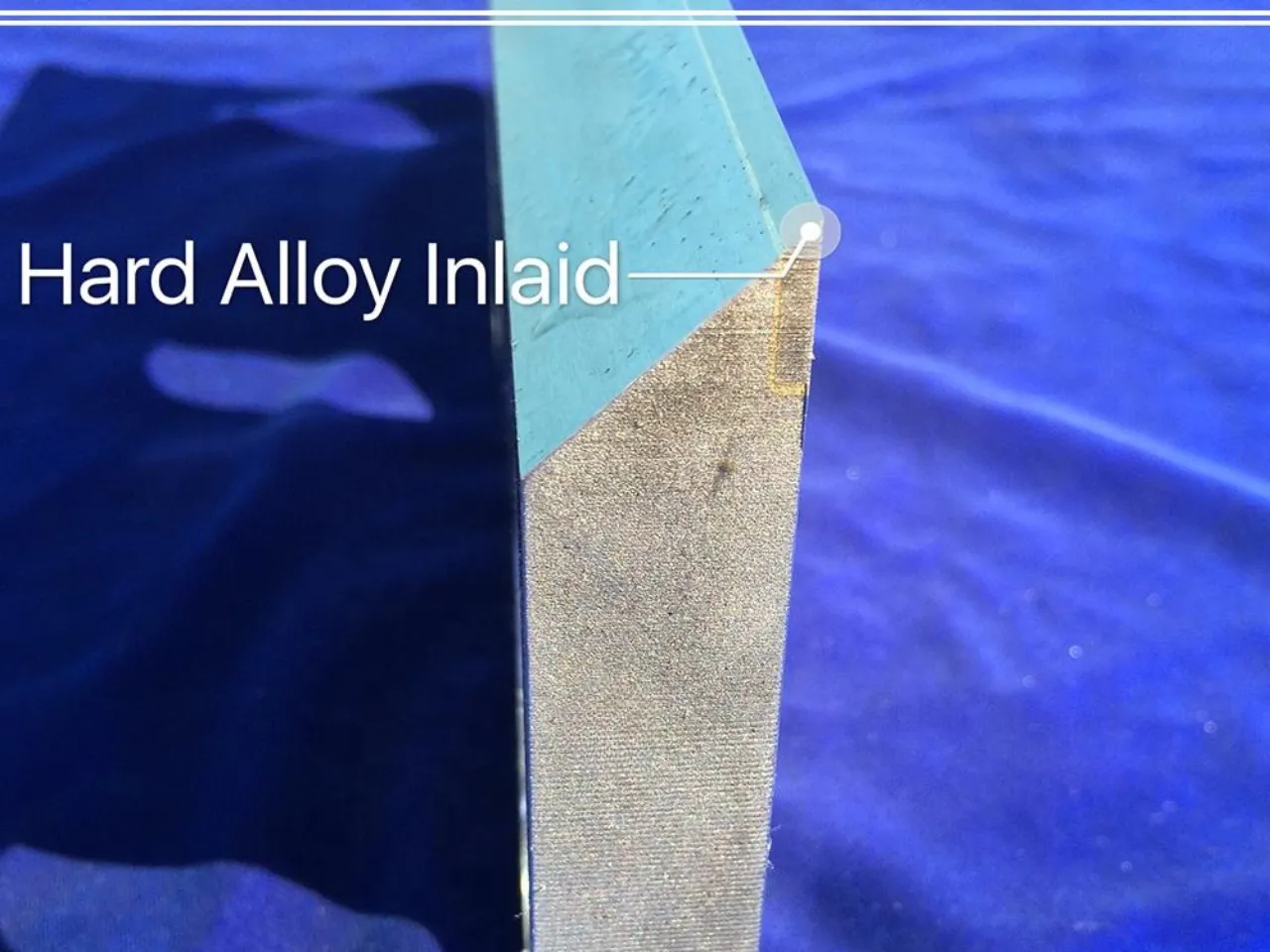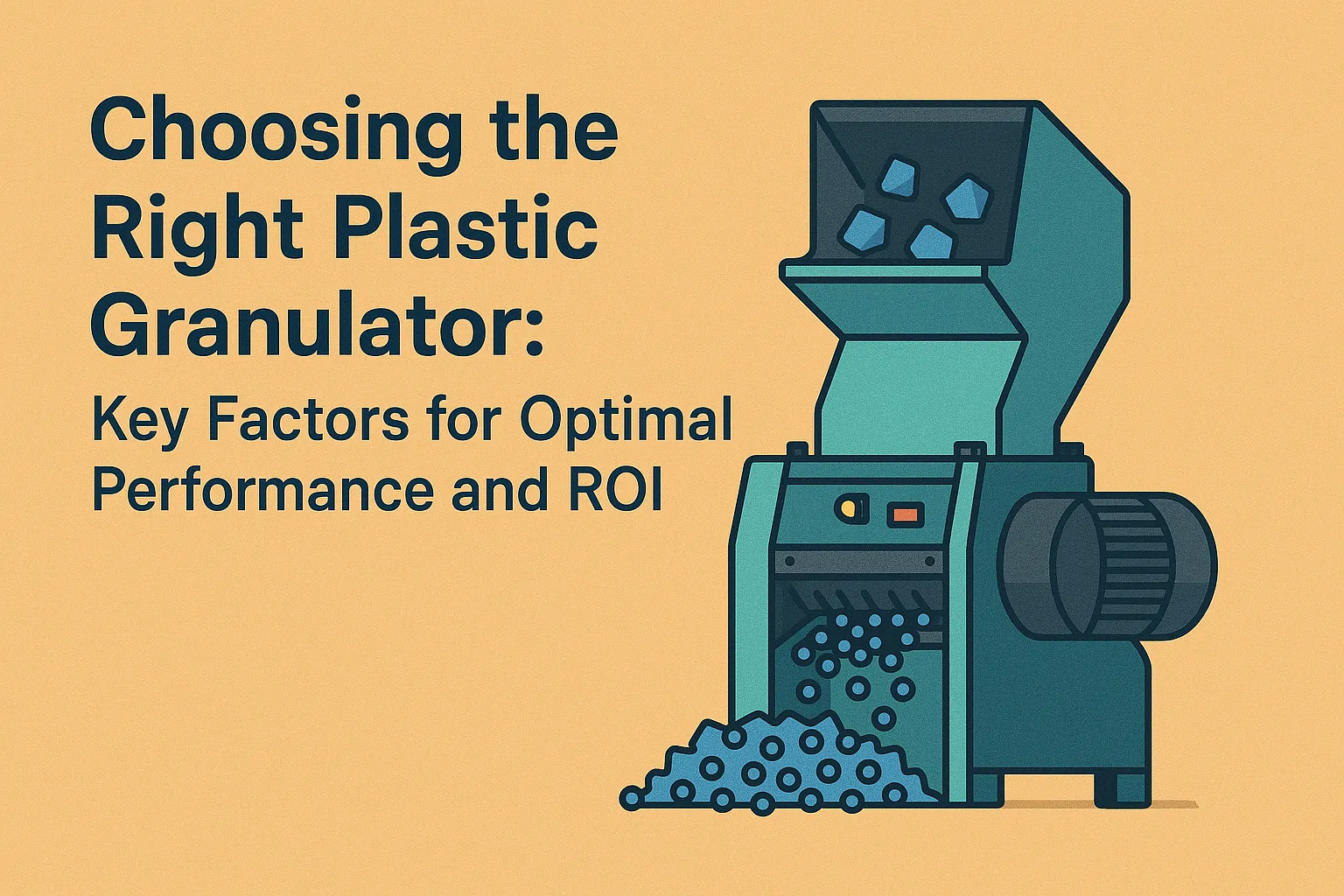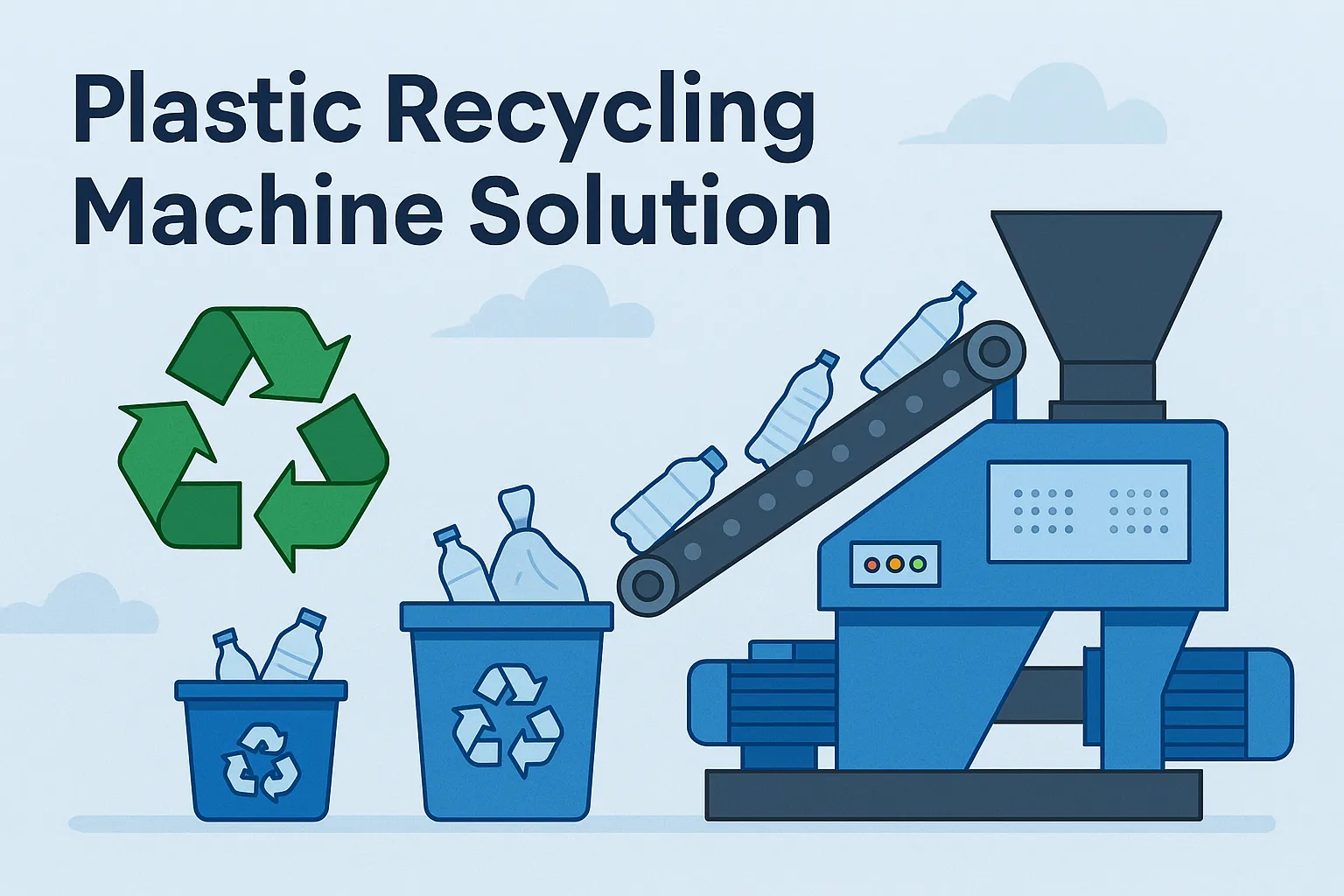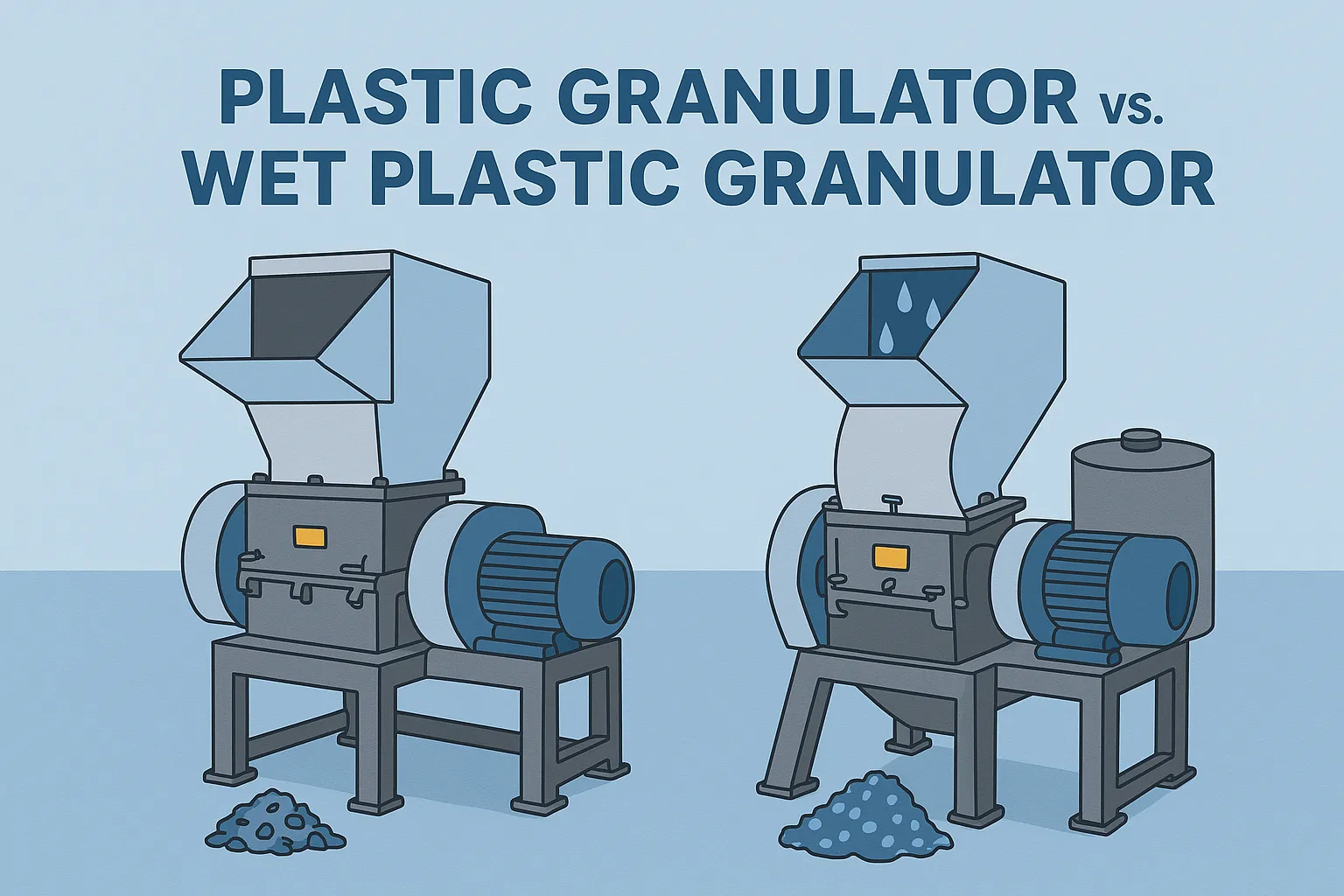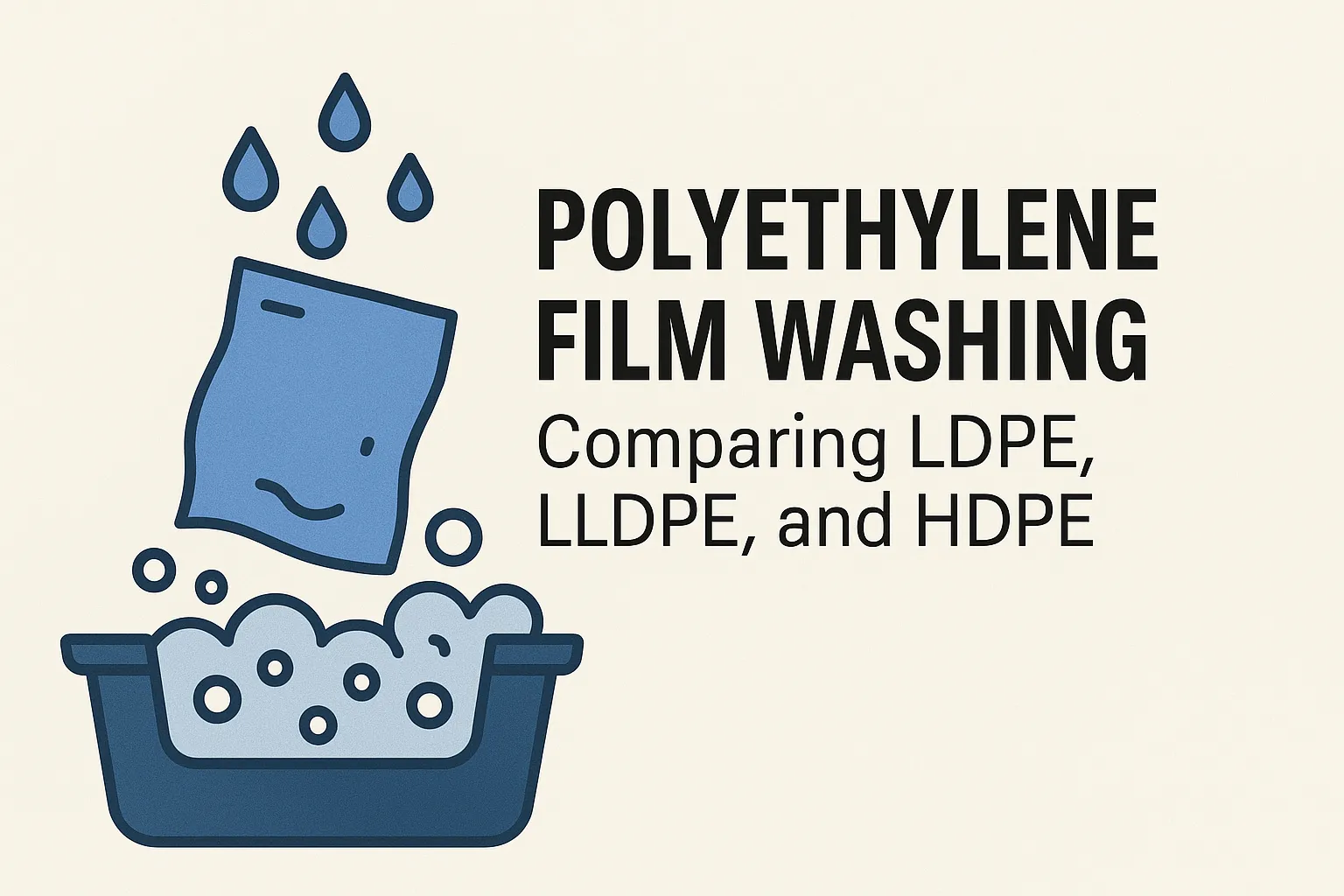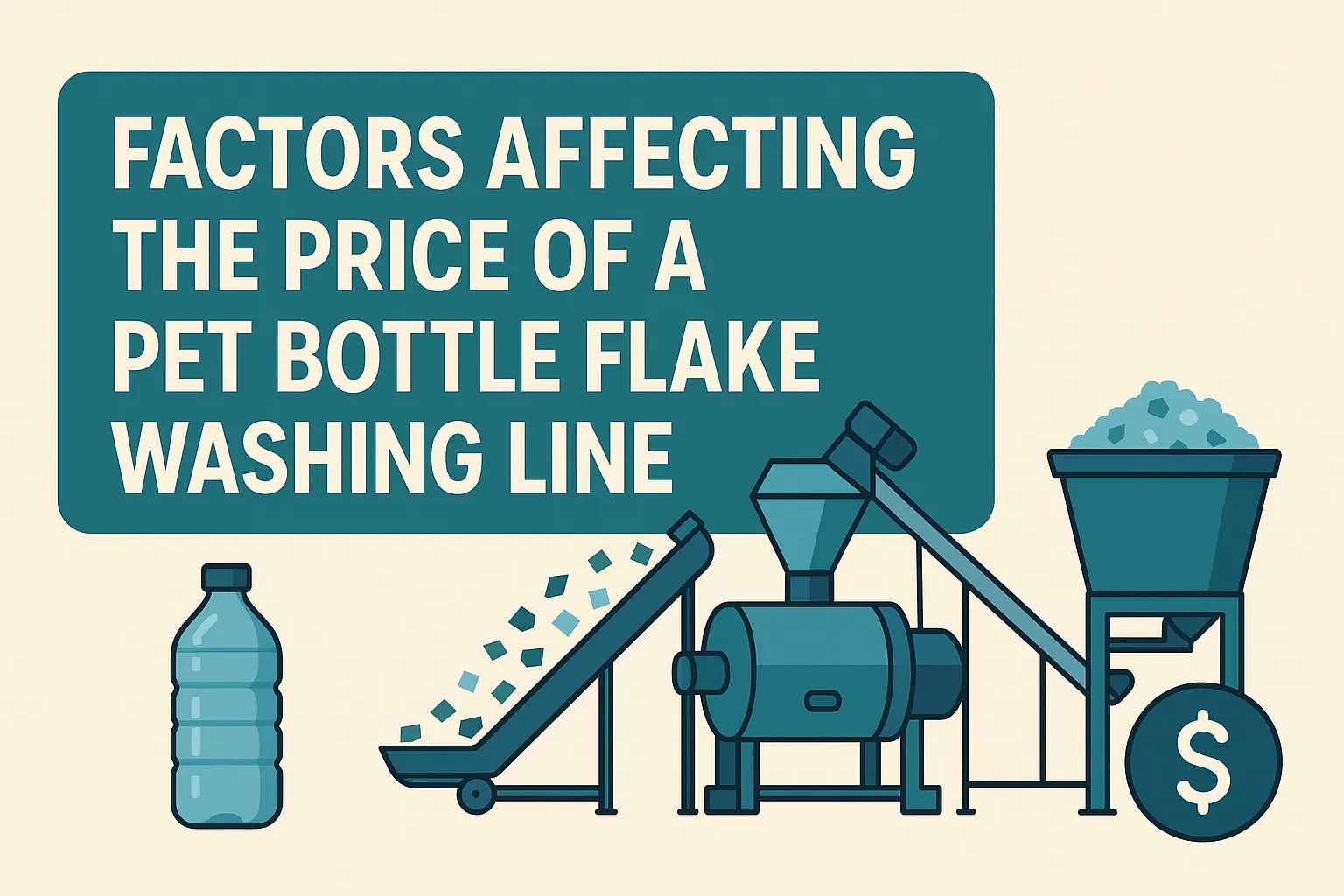Novinky o recyklaci
A mokrý drtič a granulátor je nezbytné zařízení určené speciálně pro recyklaci plastů. Současným drcením plastového odpadu na menší částice a jeho čištěním vodou výrazně zvyšuje účinnost recyklace a produkuje kvalitnější granule vhodné k opětovnému použití.
Polyvinylchlorid (PVC) je všestranný a široce používaný polymer v různých průmyslových odvětvích, od stavebnictví až po obaly. Zpracování PVC na jemné prášky pro aplikace, jako jsou nátěry, potrubí nebo tvarovky, však vyžaduje... drtiče—specializovaných strojů, které drtí PVC na jednotné částice. Účinnost a výkon těchto drtičů silně závisí na zpracovávaném složení PVC. Rozdíly v přísadách, jako jsou změkčovadla, stabilizátory a plniva, mohou významně ovlivnit výkon drtiče, což ovlivňuje propustnost, spotřebu energie a kvalitu produktu. V tomto článku prozkoumáme, jak různé složení PVC ovlivňují výkon drtiče, a poskytneme praktické strategie pro optimalizaci výsledků zpracování.
V dnešním rychle se rozvíjejícím recyklačním průmyslu potřebují firmy spolehlivé vybavení, které poskytuje špičkový výkon a zároveň podporuje cíle udržitelnosti. Linka na praní PE fólie Energycle PP je předním řešením pro zpracování polypropylenových (PP) a polyethylenových (PE) fólií – běžných materiálů v obalovém průmyslu, zemědělství a průmyslových aplikacích. Díky své výjimečné kvalitě, inovativnímu designu a bezkonkurenčním službám, Energycle vyniká jako nejlepší volba pro recyklaci plastových fólií. V tomto článku se ponoříme do toho, proč je tato prací linka ideální investicí, a nabídneme praktický pohled na její efektivitu, technologii a dlouhodobé výhody.
Plastový granulátor je jádrem recyklace a výroby, transformuje objemný plastový odpad na zvládnutelný a znovu použitelný drcený materiál. Ale v srdci tohoto zásadního procesu je klíčová součást, která je často podceňována: řezačka plastového granulátoru. Výběr nevhodné řezačky může vést ke snížené účinnosti, nekvalitnímu drcenému materiálu, vyšší spotřebě energie, častým prostojům a zvýšeným provozním nákladům.
Polyethylenová (PE) fólie je všudypřítomná – od balicích fólií až po zemědělské fólie. Recyklace tohoto cenného zdroje je klíčová pro udržitelnost a jádrem tohoto procesu je… Linka na praní PE fólieToto sofistikované zařízení transformuje znečištěnou, spotřebitelskou nebo průmyslovou fólii na čisté vločky připravené k peletizaci a opětovnému použití. Stejně jako u každého průmyslového stroje však optimální výkon závisí na konzistentní a důkladné... údržba a péče.
Ve světě zpracování a recyklace plastů, plastový granulátor je základním zařízením. Ať už pracujete s výrobním odpadem, vyřazenými díly nebo odpadem po spotřebě, efektivní snižování velikosti plastů je klíčové pro opětovné použití, přepracování nebo likvidaci. Ne všechny granulátory jsou si však rovny. Výběr... špatně stroj může vést k neefektivitě, nízké kvalitě přebroušení, nadměrným prostojům a v konečném důsledku k nižší návratnosti investic (ROI).
Obrovský objem textilního odpadu vyprodukovaného na celém světě představuje značnou výzvu, ale v této výzvě se skrývá silná příležitost pro inovace a udržitelnost. Efektivní rozklad textilních materiálů na menší složky je klíčovým krokem jak v recyklaci, tak v zodpovědném nakládání s odpady, což dláždí cestu k opětovnému využití a minimalizaci dopadu na životní prostředí. Energycle stojí v popředí tohoto úsilí a nabízí pokročilé textilní drtiče speciálně navržené pro řešení složitostí zpracování tkanin a přispívání k cirkulární ekonomice.
V dynamickém světě recyklace plastů jsou prvořadé efektivita a účinnost. Klíčovým krokem v tomto procesu je redukce plastového odpadu na zvládnutelné kusy a právě zde přicházejí na řadu plastové granulátory. Zatímco standardní plastové granulátory byly v tomto odvětví tahounem, mokré plastové granulátory se staly přesvědčivou alternativou. Toto komplexní srovnání se zabývá podobnostmi a klíčovými rozdíly mezi těmito dvěma technologiemi a zkoumá jejich výhody a nevýhody, aby vám pomohlo informovaně se rozhodnout pro vaše recyklační operace.
Polyethylenové (PE) fólie patří mezi nejvšestrannější a nejpoužívanější materiály v balení, zemědělství, stavebnictví a mnoha dalších odvětvích. PE fólie jsou známé svou odolností, flexibilitou a cenovou efektivitou a dodávají se v různých formách, z nichž každá má odlišné vlastnosti vhodné pro specifické aplikace. Pokud však jde o recyklaci nebo čištění těchto fólií – ať už pro opětovné použití nebo pro úsilí o udržitelnost – jejich jedinečné vlastnosti diktují různé požadavky na praní. V tomto článku prozkoumáme hlavní typy PE fólií, jejich praktické využití a prací procesy potřebné k jejich efektivní údržbě nebo recyklaci. Pojďme se do toho pustit!
Recyklační průmysl zaznamenal v posledních letech obrovský růst, a to díky rostoucí poptávce po udržitelných postupech a materiálech. Jednou z klíčových součástí tohoto odvětví je linka na mytí PET (polyethylentereftalátových) lahví – sofistikovaný systém určený k čištění a zpracování použitých PET lahví na vysoce kvalitní vločky pro opětovné použití. Ať už jste začínající recyklační podnik nebo zavedená firma, která chce modernizovat své vybavení, pochopení faktorů, které ovlivňují cenu linky na mytí PET lahví na vločky, je nezbytné pro informované rozhodování o nákupu. V tomto článku prozkoumáme klíčové prvky, které ovlivňují cenu těchto systémů, a nabídneme praktické informace, které vám pomohou efektivně sestavit rozpočet a optimalizovat vaši investici.



